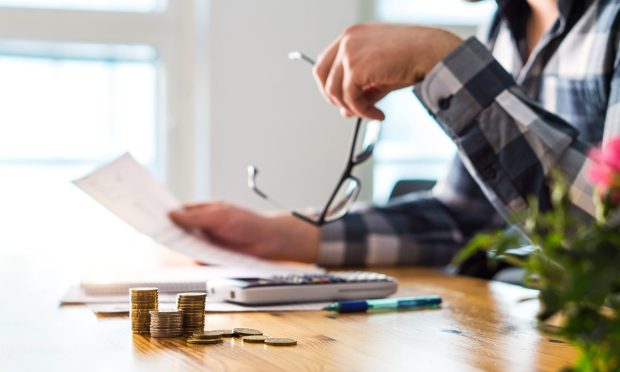Feb Retail Sales Stall as Consumers Pour Money Into Gas Tanks

Even though the most recent spike in gasoline prices didn’t fully kick in until the last few days of February following Russia’s attack on Ukraine, the latest retail sales statistics show that consumers put the handbrake on spending last month in the face of an overall increase in prices and mounting economic concerns.
According to a U.S. Department of Commerce report released Wednesday (March 16), February retail sales rose 0.3%, following an upwardly revised 4.9% jump in January, which had initially been reported at 3.8%.
When a 5.3% gain in gasoline and a 0.9% increase in auto sales are backed out, the February barometer of consumer retail purchasing actually fell 0.4% last month, the government data showed.
Other standouts last month within the 16 categories measured include the 3.7% drop in so-called non-store sales, which includes eCommerce, as well as the 1.8% decline posted by health and personal care stores.
On the upside, restaurants stood out as one pocket of strength, with the “food services & drinking places” category rising 2.5% from the previous month and 28.6% from a year ago.
Miscellaneous retailers, such as pet stores, florists and jewelers, as well as sporting goods, hobbies, music and books, clothing and department stores, all posted above average gains in February with increases of more than 1%.
Longer term, the Commerce Department said that gasoline prices were up 35% versus a year ago, with total retail sales up 15.5% on an annualized basis.
Bracing for March
To be sure, the February retail sales data were not entirely unexpected, as it followed the latest CPI report that showed inflation bubbling up to 7.9% last month, and a raft of cautionary comments from retailers, trade groups, economists and the White House.
Although energy prices continue to be volatile, anecdotal evidence suggests that consumers are, so far, tightening their household budgets and spending yet maintaining some degree of optimism and a desire for normalcy.
For example, despite the spate of inflation, summer travel bookings and airline reservations have been strong, as consumers are still planning family trips and getaways.
One week ago, Mastercard’s February SpendingPulse survey showed retail sales last month rose 8.7% from a year ago, led by strong demand for luxury items, dining out, new outfits and jewelry.
“Despite inflation, consumers are putting their record savings to work and expressing themselves through fashion again — much to the benefit of the Apparel, Department Store, Luxury and Jewelry verticals,” Mastercard Senior Advisor and former Saks Chairman and CEO Steve Sadove said.
The private sector survey also noted strength in electronics, furniture and grocery purchases which also rose last month by 12%, 10% and 7% respectively, despite the steady, year long rise in prices and subsequent reduction in consumer buying power.
